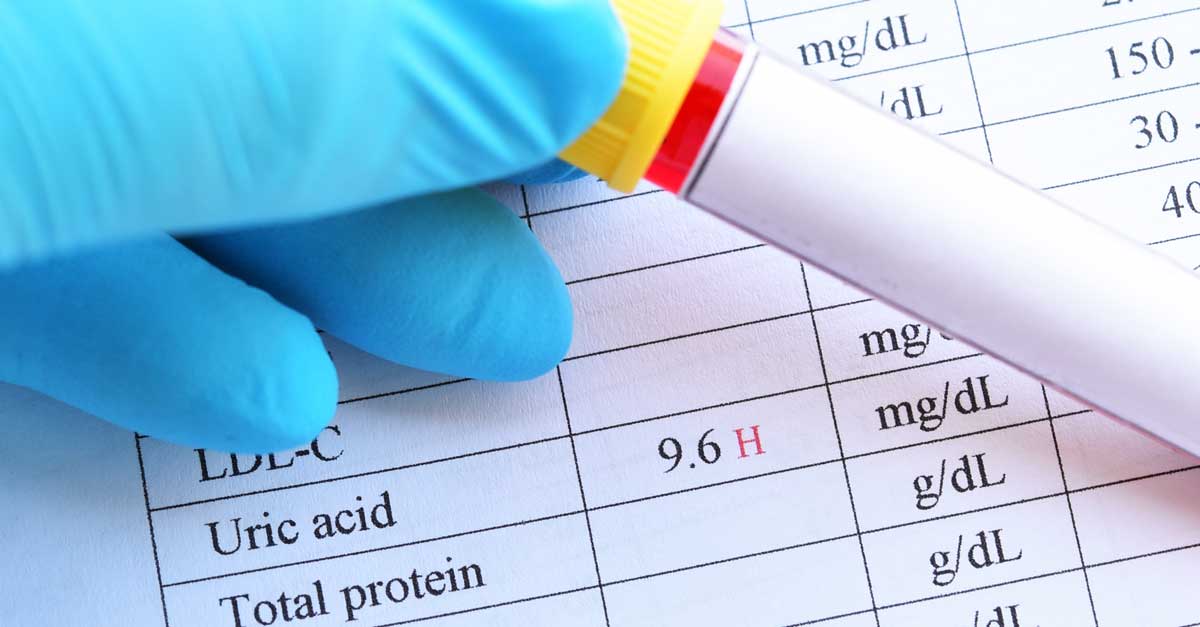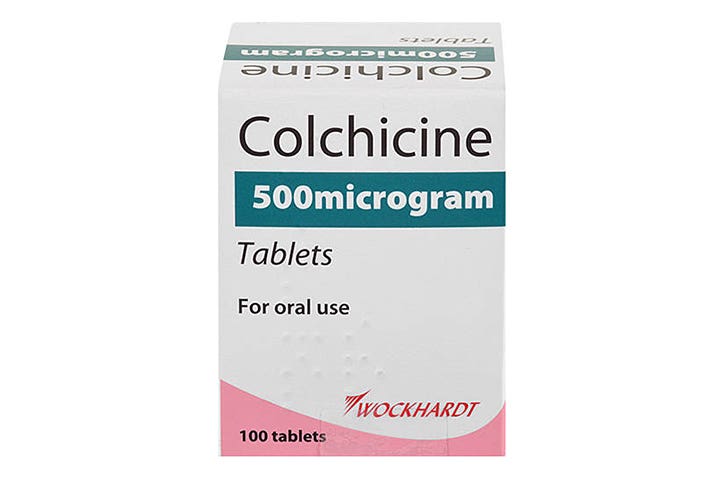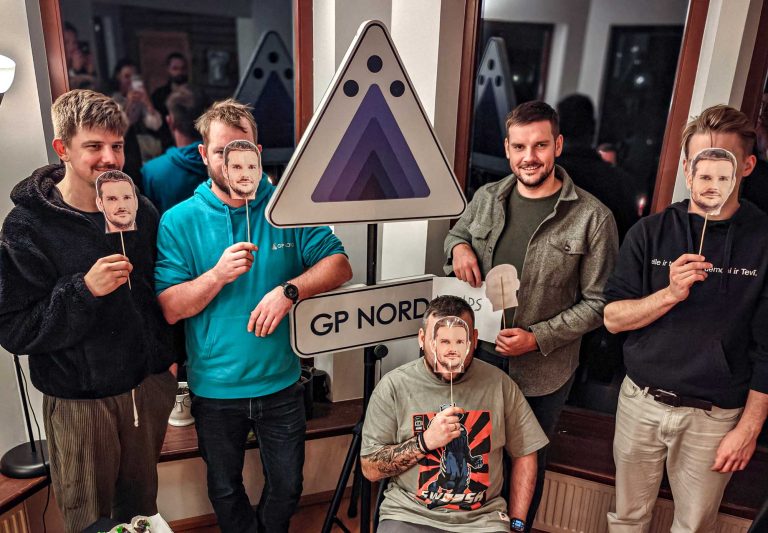GP Nord Ltd
Reg. Nr: 40203177406
Address: Kurzemes prospekts 23, Rīga, LV-1067, Latvija
If your thumb starts to hurt at night and is neither overworked nor frozen, you should see a doctor to see if gout has started.
Gout is a common joint and metabolic disease that can affect anyone, but is more common in men over the age of 40. Women are less likely to get sick, especially after menopause. The disease is characterized by sudden and sharp pain in the joints. The most common sign of gout is pain at the base of the toe, but other joints can be painful and swollen – toes, wrists, elbows, ankles and knees. Most often the pain starts at night, some of the pain comes on and goes away after a few hours, others recur and the disease progresses. Finding out what is causing this ailment can reduce the symptoms and sometimes even eliminate them altogether to avoid gout becoming more difficult to move and deteriorating overall health.
Gout is one of the oldest known diseases, and the ancient Greeks wrote that it is a disease of kings and the rich – it affects mostly the wealthiest sections of society, namely those who often drink and consume wine and oysters. History of gout: artist Michelangelo, philosophers Denny Didro and Immanuel Kant, scientists Benjamin Franklin and Isaac Newton, reformers Martin Luther and Jean Calvin, King Alexander the Great, Emperor Charles V of Rome, and many kings of France and England.
Today, gout is defined as an inflammatory disease caused by the deposition of urate (a salt of uric acid) in the joints and tissues. There are different types of this condition, the main one being high levels of uric acid in the blood (hyperuricaemia). However, 2/3 of people with high levels of uric acid in their blood do not develop gout, so there must be other factors that contribute to the disease. Studies show that environmental factors such as temperature (reduced solubility of urate), pH, salt concentration and vibration are important. Uric acid crystals are most often formed in the joints, and the joint itself plays a role in its development. For some people, soluble urate is released more slowly from the joints than other elements. When needle-like crystals form, the body responds with an inflammatory reaction. However, the causes of gout can be varied and ambiguous, and are best detected by your doctor and tests.

Uric acid is produced naturally in the body as the end product of the processing of purine substances. The body produces its own urea or absorbs it from food, such as beef, liver, hearts, etc., as well as seafood. Acids and rhubarb, as well as drinking alcohol, especially beer, also contribute to a higher amount of uric acid. This disease most often affects those for whom a large meal with meat products and alcohol supplements for a long time is one of the daily pleasures. Therefore, gout is often only one of the diseases of these patients – often there is also high blood pressure, overweight and metabolic syndrome. If in ancient times only the richest members of society suffered from gout, now the well-being is more widespread, and the disease is spreading.
Gout cannot be detected in the first phase of the disease because the symptoms: weakness of the body, severe itching of the skin, frequent constipation, abdominal pain and stomach burning, excessive sweating or weight gain cannot be a definite indication of gout. As the disease progresses, there is seizure pain caused by the deposition of harmful substances in the joints. At this stage in the development of gout, severe pain is replaced by periods of relief or remission when the pain goes away completely. The pain can last from an initial three days to a week. In the third stage of chronic gout, gout granulomas or tofi uric acid salts form, which accumulate and settle in the form of fine crystals or granules in the subcutaneous fat around the joints, causing severe pain during movement. Uric acid crystals, which appear as protrusions on the skin in the affected area, can grow significantly and completely deform the nearby joints. Urinary stones can also form in the third stage of gout.
If gout attacks recur, seek medical advice. Blood tests to check for creatinine and uric acid may sometimes be needed to check for fluid in the joints or for ultrasound or x-rays of the joints.

Uric acid levels are increased by:
• consumption of meat (red meat, poultry and especially offal – liver, kidney);
• use of seafood (anchovies, herring, sardines, haddock, mussels, tuna, mackerel);
• consumption of alcohol, especially beer (wine in moderation does not increase);
• consumption of naturally occurring fructose drinks (orange juice) and sweetened drinks (various lemonades);
• Insufficient fluid intake.
In turn, uric acid levels can be lowered:
• use of dairy products (low fat);
• use of cherries and their natural juice;
• coffee consumption;
• Adequate consumption of vegetables and fruits.
To treat gout, patients need to change their eating habits by reducing their consumption of protein-rich products (including meat). Alcohol (especially beer) is strictly forbidden, salt, sugar, sweets and fatty foods should be avoided. Patients adhere to this diet recommended by doctors and adhere to the treatment time for gout. Patients are advised to use products that reduce the level of uric acid in the body – dairy products, vegetables, fruits (containing vitamin C, such as cherries), coffee, etc. c. Proper diet reduces uric acid levels by 10-15%. Patients need physical activity and control (it is recommended to slowly reduce) body weight – as the weight increases, the load on the joint system increases.
Certain medications that your doctor may prescribe should be used to relieve acute pain:
Non – steroidal anti – inflammatory drugs (NSAIDs). NSAIDs include over-the-counter medications such as ibuprofen and naproxen sodium, as well as stronger prescription NSAIDs such as indomethacin or celecoxib. Side effects of NSAIDs can cause abdominal pain, bleeding and ulcers.
Colchicine. Your doctor may recommend an colchicine anti-inflammatory medicine that is effective in relieving gout pain. However, the effectiveness of the medicine can have side effects such as nausea, vomiting and diarrhea.
Corticosteroids. Corticosteroid medications, such as prednisolone, can reduce the inflammation and pain of gout. Corticosteroids can be in the form of tablets or can be injected into your joint. Side effects of corticosteroids may include changes in mood, high blood sugar and high blood pressure.

If you have multiple gout attacks each year, or if your gout attacks are less frequent but particularly painful, your doctor may prescribe medication to reduce the risk of gout-related complications. If you already have x-rays that have been diagnosed with gout, or if you have other conditions caused by high levels of uric acid, your doctor may recommend a medicine that reduces the levels of uric acid in your body.
Medicines that block the production of uric acid. Medicines such as allopurinol and febuxostat help to reduce the amount of uric acid produced by the body. Side effects of allopurinol include fever, rash, hepatitis, and kidney problems. Side effects of febuxostat include rash, nausea and decreased liver function.
Medicines that improve the excretion of uric acid. Medicines such as probenecid help to improve your kidneys’ ability to remove uric acid from your body. Side effects include rash, abdominal pain and kidney stones.


